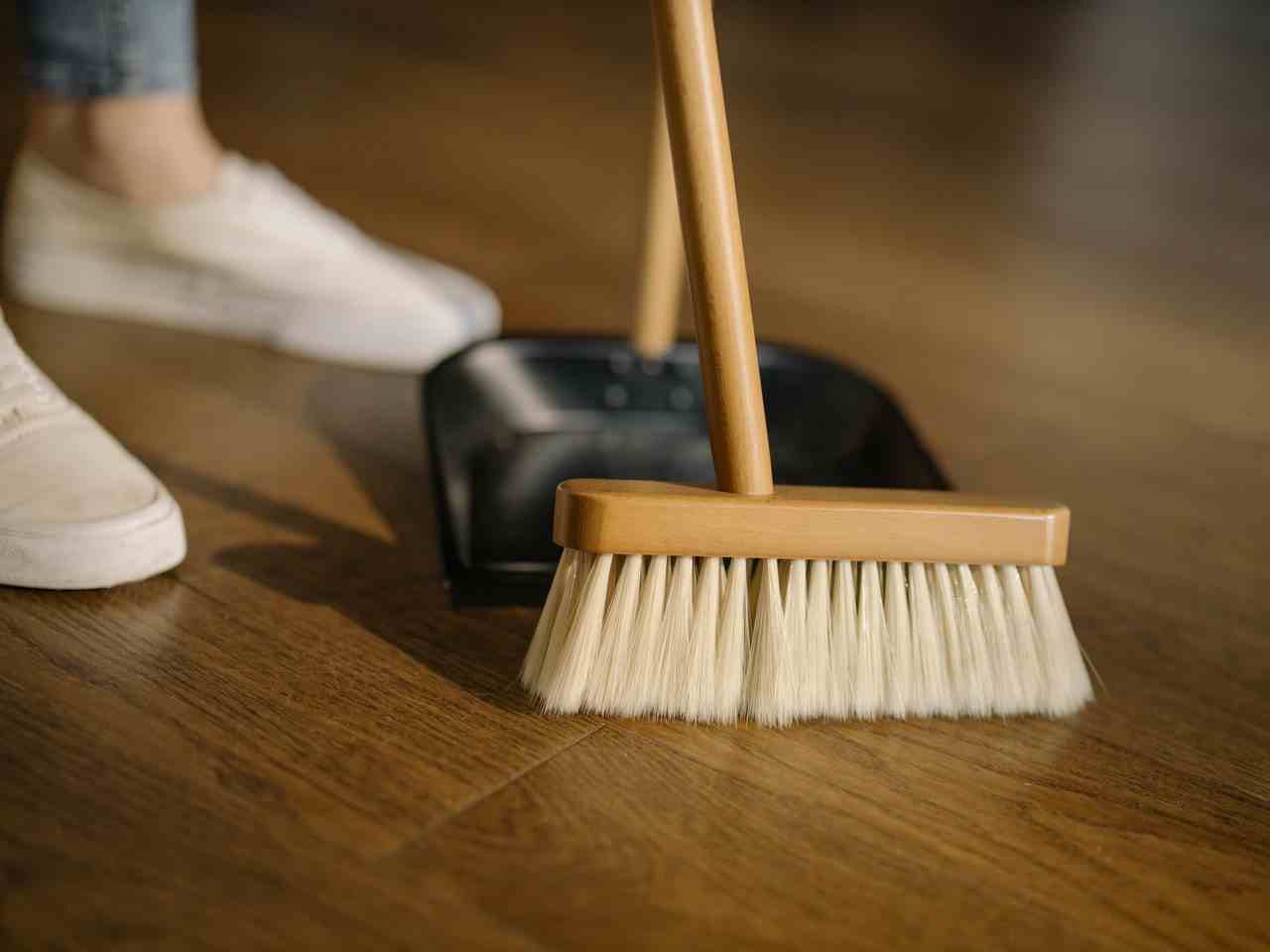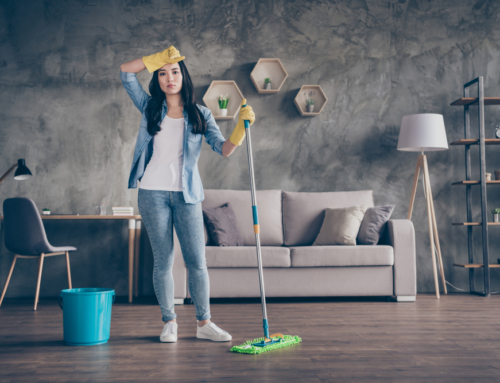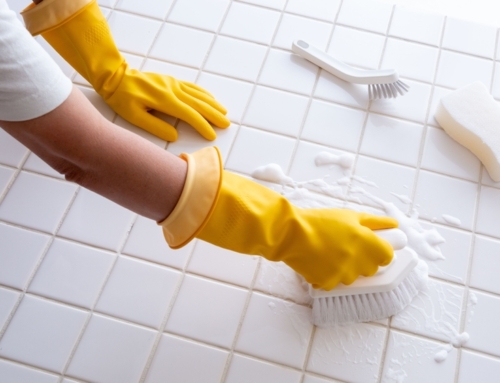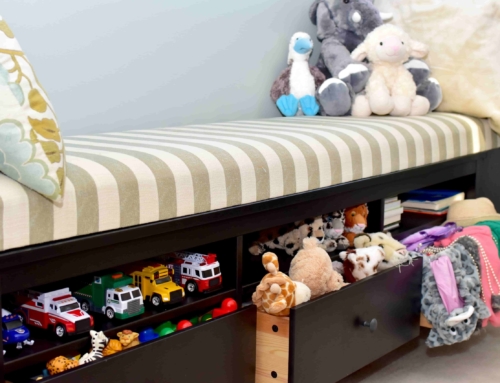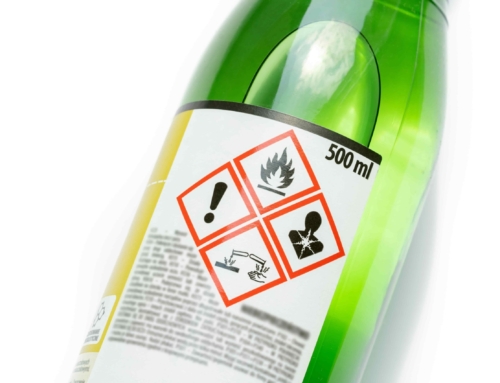Here’s everything you need to know about dust.
That sudden itch on your skin, and then on your nose, followed by sneezing.
With or without allergies, dust is plain annoying. If you live with someone who has asthma, allergic rhinitis, etc., dust will be a regular house problem. And sorry to burst your bubble, there just seems to be no running from this nuisance.
But where does dust come from? Dust is not just dirt or sand or soil particles that the wind has brought into your home. It’s a mixture of different particles from pollen, insect and animal feces, dead skin cells, dust mites, bits and pieces of your clothes and even your house furniture. Don’t blame it all on the wind. Whenever you move and go out, dust and dirt attach to your skin, clothing and shoes. And guess who brought all the dust home with them? You.
Anatomy of Dust
To defeat the enemy, you must know what they are made of. The icky, powdery substance on your home surfaces, or clumps of dirt in the corners of your home are all dust. It is made up of a lot of things, mostly gross stuff from in and around your house.
Dust Mites
These naturally occurring microscopic pests love humid and dusty environments. If you don’t clean regularly, chances are you have a breeding ground for dust mites without even knowing or seeing it. Even if you don’t live somewhere humid, dust mites might still be present because of their favorite snack; dead skin and pet dander.
Dead Skin
Dead skin does not make up most of the dust in your house. When you take a bath or shower, most of your dead skin goes down with the water and into the sewers. But it acts like a magnet, attracting other particles to form more dust.
Pet Dander
If dead skin is from humans, pet dander is from pets. They also act the same way as dead skin, attracting other particles to form dust clumps and dust bunnies. The more dust there is, the more dust mites you attract. Even if you don’t have fur babies, pet dander from visitors or windblown from your neighbors may get inside your house.
Small Animals, Insects and their Droppings
This can be any insect living in your house. Dead spiders, cobwebs, lizard droppings, etc., that have dried up and broken down to small particles may all form part of dust clumps.
Soil, Pollen and Other Pollutants
Did you know that around 60% of the dust in your house is from outside your home? When you go outside for a walk or a quick trip to the grocery store, you are exposed to pollen and outside pollutants floating in the air. Pollutants like smoke particles, gas exhaust from cars, etc., can settle on your clothes, shoes and even on your skin and hair. When you go home, you bring them with you and the dust cycle goes on.
Meal Crumbs
The crumbs you missed cleaning while watching your favorite series can add up to the particles that form the pesky dust.
You see, dust loves to accumulate and keep on moving like a cycle. The reality is that battling with dust is like a never-ending saga. Dust is inevitable. But this is not a losing battle. We can’t completely get rid of it, but we can minimize and keep it manageable. The key is to clean regularly to avoid the dust from becoming dust bunnies that are even more disgusting.
Dust and You
Thank goodness for the blessing of sneezing, it helps keep us safe. Sneezing is one of the body’s ways to expel unwanted particles from your nose and throat. Particles like dust, bacteria, pollen, and other irritants can trigger your brain’s “sneeze center,” causing this involuntary action. Your body can sometimes get overwhelmed, especially when there’s too much dust. Here are some effects of dust on your body.
- Sneezing
- Post nasal drip
- Skin irritation
- Runny nose
- Dry and itchy throat
- Itchy and watery eyes
- Nasal congestion
The effects may differ from person to person, and may be worse for people with asthma, allergic rhinitis or dust allergy. People who are exposed to dust on a regular basis due to their jobs are at a higher risk of developing serious respiratory illnesses. If your work requires exposure to dust and other pollutants, make sure to always wear a mask.
How to Get Rid of Dust
The more things you have in your house, the more space for dust to accumulate. Collecting items is ok, but collecting dust is far more different. You may consider getting rid of things you don’t use anymore. If you can’t, your option is to have a regular cleaning schedule. Follow the simple tips below to keep the dust at bay.
- Clean your clutter. Don’t wait for it to pile up and gather dust.
- Air purifiers. Consider buying air purifiers that can cleanse the air you breathe in your house. They can filter out dust, dust mites, smoke, and even viruses and bacteria.
- Clean as you go. Clean up and wipe the surfaces you work on. Don’t go anywhere without doing so.
- Vacuum your house regularly. This will help prevent dust from accumulating and forming dust bunnies.
- Change and wash your beddings regularly. Imagine all the gunk and dirt sitting on your pillows and bed if you don’t change and wash them weekly.
A clean home is a healthy home. Remember that you don’t need to battle dust alone. You can always ask for help from your family. You can delegate house chores to family members and have a fun barbecue afterwards. Have something to look forward to after all the cleaning.
Or you can always leave the cleaning to the experts. Clean My Space will be your knights in shining armor.
Get Clean My Space To Help You
If you need assistance in cleaning your residential homes, Clean My Space is here! We provide excellent cleaning services, which allows us to build a loyal pool of clientele. Our team ensures you have a dust-free home. Call us right now, request a quote and book a schedule.


